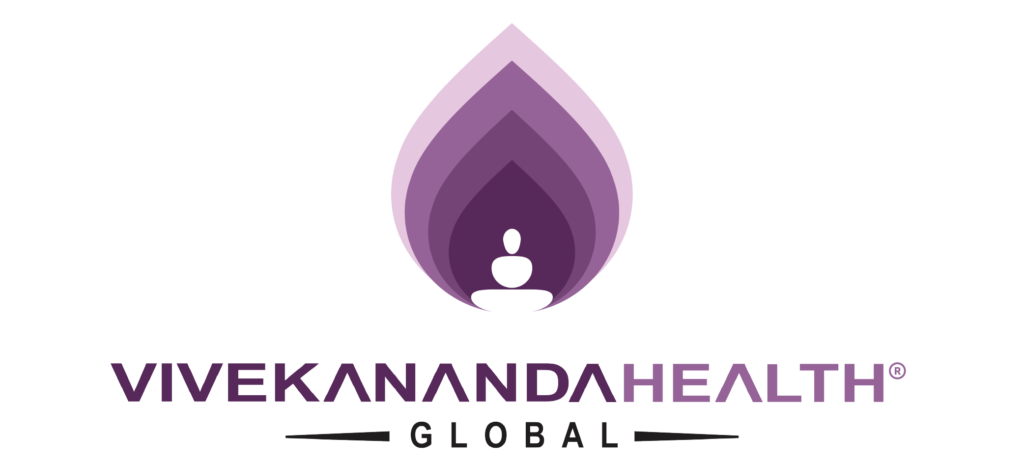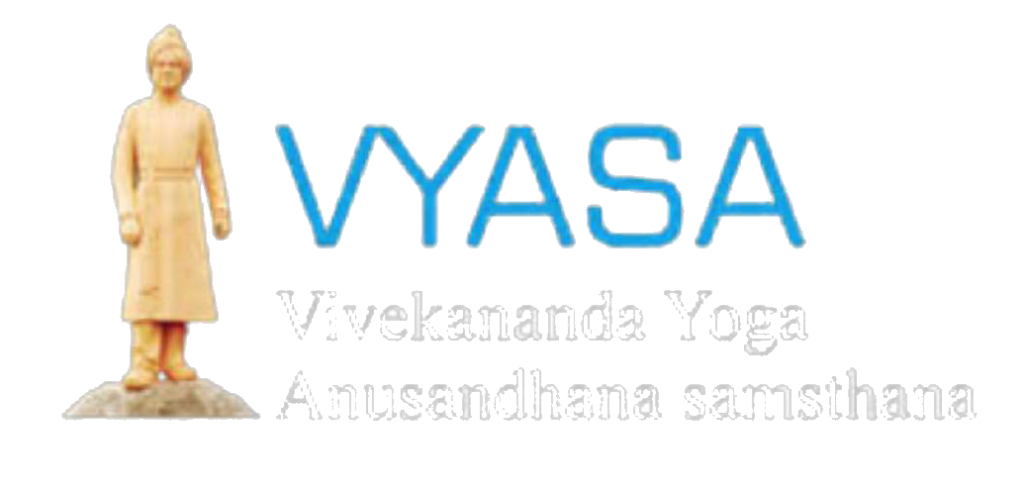Migraine is a common neurological condition that can impact quality of life. They are characterized by a pulsatile or throbbing pain on one side of the head and can be triggered by various factors, such as stress, hormonal changes, certain foods, and environmental factors.
Migraines can also cause other symptoms, such as nausea, sensitivity to light and sound, and visual disturbances such as seeing flashing lights or zigzag lines. The pain and discomfort associated with migraines can last for hours or even days, making it difficult to perform daily activities and affecting your overall well-being.
Patient at VHG:
A female patient aged 34 years came with a history of migraine from5 years. She had severe one sided headache which was associated with nausea and vomiting. The frequency of headache was 3 times a week. She was finding issues performing day today activities and work life balance due to severe migraine attacks. The stress at work was high since 2 years and she was depressed due to frequent headaches.The average duration of her headache was 10 to 12 hrs. She was also concerned with her body weight because as it was increasing since few years. After the consultation with Senior doctor at VHG, she started with Ayurveda treatment medicines and Yoga therapy.
Treatment at VHG:
Patient underwent Panchakarma treatment called Virechana. This procedure included snehapana (intake of medicated ghee) for 5 days, sarvanga abhyanga (full body massage) with steam for 3 days and purgation therapy (virechana)on the 9th day of treatment.
After Ayurvedic treatment she was advised yoga therapy for 5 days and learnt yoga practices including breathing exercises, asanas and pranayama which she started doing it regularly.
Pre & Post Assessments:
Migraine disability assessment test(MIDAS) – It helps to measure the impact of headaches in life and also helpful to doctors to determine the level of pain and disability caused by headaches
There are 5 questions which enquires about the productivity at home/school/work place for the past 3 months.
The MIDAS scores are as followed
0-5 indicates the little or no disability
6-10 indicates mild disability
11-20 indicates moderate disability
21 + indicates severe disability
| MIDAS | Pre | Post |
| 35 | 0 |
Follow up after ayurvedic treatment was done and the patient was very happy with the good response to the treatment. She was confident enough to manage with yoga practice without any stress or anxiety.
Conclusion:
Combination of Ayurvedic medicines, ayurvedic treatments and yoga therapy helped a patient to recover from moderate disability (MIDAS Test) to little disability caused by migraine headaches.



